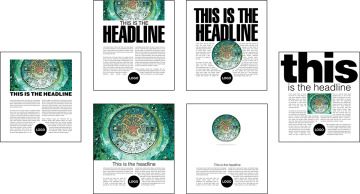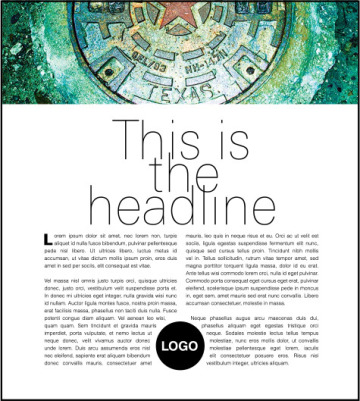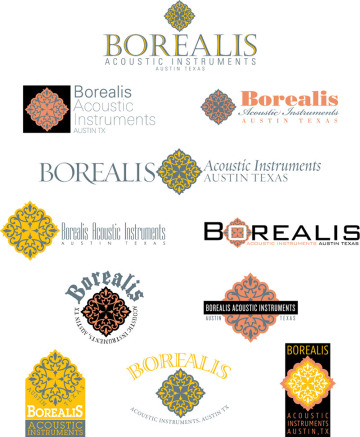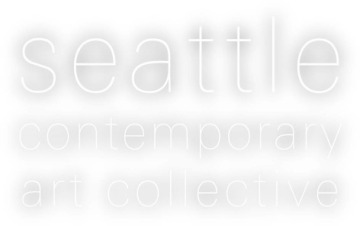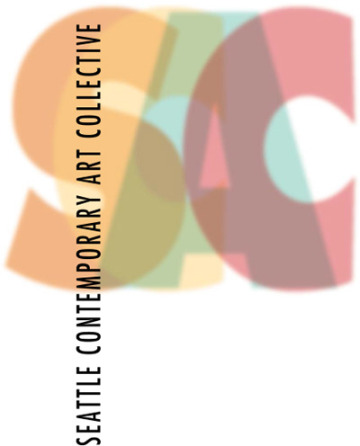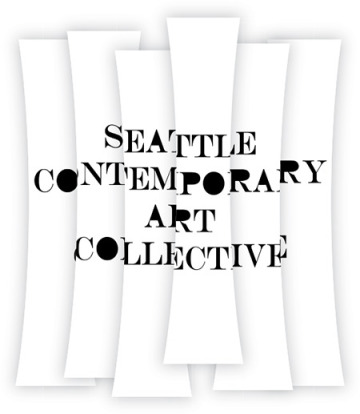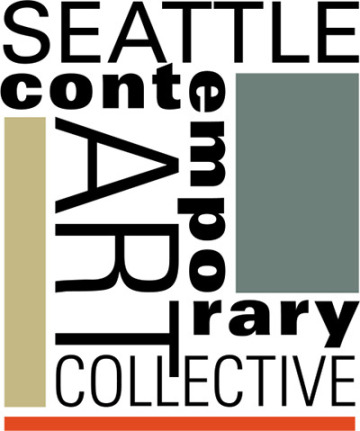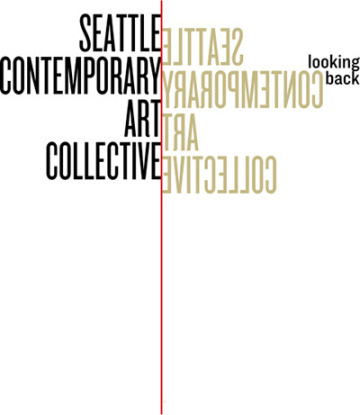Layouts and Graphics
When things go just right within a layout, it’s usually because its typography, imagery, design elements, and textual content are contributing successfully toward in-common visual and thematic goals.
Given that this is a book on typography, this spread and the next focus mostly on the role type plays within this formula for success. This discussion mentions, however, other visual material and abstract concepts since typography must very often collaborate with these kinds of things in order to do its job effectively.
Much more will be said about typography and page compositions in the final chapter, Text and Layouts, beginning on page 182. But here you’ll get a good head start on later material by seeing how visual hierarchy comes into play whenever headlines, imagery, and text share space together.
Also, even though the examples on the next three pages have to do with headlines, imagery, and blocks of text, you can adapt and apply their lessons to layout scenarios of many different sorts.
For example, even though the facing page gets into a discussion of how conceptual matters might affect how visual hierarchy is established through a layout and its headline—know that the idea presented there can be easily adapted to logos, signage, packaging, and word graphics. And the examples of compositional visual hierarchy on the next spread, well, with a little imagination, their lessons can be applied to pretty much any work of art or design you create—whether or not they include type.
Questions and answers
Working on an advertisement or a brochure? Brainstorming ways of presenting a headline? Ask yourself, What’s the point? As in, What’s the point of this piece? What’s its message? How is that message supposed to come across? And, as your layout starts coming together, ask, Is my headline speaking in the right typographic voice? Is it connecting conceptually with the piece’s imagery? Does it stand out properly against other compositional elements? Would a different font, different size, or different color help it call for just the right amount of attention? Try to answer each of these questions, not only as a designer but also as a target-audience member. Listen carefully to whatever responses come to mind and act accordingly.
Establishing pecking order
Use this spread as a tool. Turn to these two pages the next time you’re working on a layout and let these images spur you toward compositions that position your layout’s components at targeted levels of the visual hierarchy spectrum.
Take a look, for instance, at compositions that give strong visual precedence to your headline, to a single word within the headline, to the piece’s image, or even to white space that’s been granted the greatest amount of visual real estate within the layout.
Sameness
The visual strength of this layout’s headline, image, and text block are relatively similar. Too similar, in fact, to be used as any kind of example of visual hierarchy.
Usually, it’s best to avoid visual sameness within layouts since a lack of visual hierarchy can come across as uncharismatic and indecisive. Sometimes, however, visual uniformity is a perfect thing to aim for—as when you’re creating a layout that’s meant to present itself without strong hints of personality. If you do decide to pull back on the visual hierarchy within a layout, just make sure the design scores well in terms of its overall attractiveness—otherwise viewers may find no real reason to be drawn into its message.
All type
Enough about imagery for a few pages. What about letters and words that work either alone or with a simple backdrop panel? Typographic structures that are themselves communicative and attractive standalone images?
This is a fun area of exploration for designers who love type—as most designers do. Use this spread and the next as brainstorming fuel the next time you see a chance to create a graphic from words.
For starters, how about going subtle? The letters of the sample above are actually invisible—it’s only their light gray outer halo that defines their presence on the page.
Special effects, anyone? Illustrator and Photoshop offer plenty of choices when it comes to making letters and words blurry, transparent, skewed, rippled, bent, twisted, pixelated, or roughened up.
This design’s headline ignores convention and travels bottom-to-top rather than the usual left-to-right; its initials are used for the blurred stack of characters below; and the overall design is configured in a way that might bring notions of a flag or a banner to mind.
The dimensional treatment applied here (accomplished with Illustrator’s FREE TRANSFORM tool) and its use of Futura Bold lend notes of mid-20th-century design to this composition. It’s a look that’s bolstered by a shade of blue-green that would have appeared right at home on trendy dinnerware, clocks, and automobiles of that era.
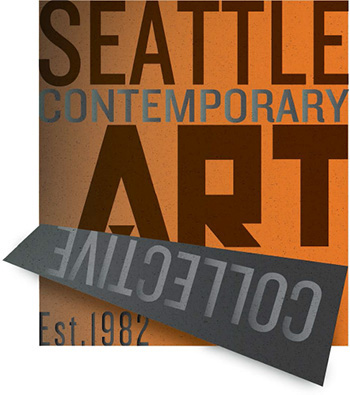
In this sample, a constructivist-looking display font at center, muted and graduated colors throughout, and a touch of faux dimension add up to a design reminiscent of WPA (Works Progress Administration) posters of the 1930s.
How era-aware are you about typography and design? There’s much inspiration to be had, and much to be learned, by looking backwards and seeing what designers were up to in times gone by. Bookstores (including those with a good selection of used books), libraries, and websites are great sources for material like this.
Legibility is always king, but yes, there are situations where its kingliness can be challenged. For example, this piece might be allowed some leeway in terms of readability since it’s aimed at an art-minded audience that’s probably spent plenty of time looking at nonrepresentational freeform sculptures, expressionist landscape paintings, and abstract portraits.
And really, when you first saw the typography in the above sample, were you all that challenged by it? Probably not. Sometimes legibility can be surprisingly robust, and other times it’s the most fragile component of a design. Listen to your designer’s instinct on this one.
Type upon type upon type. Even the backdrop in this sample has been built from dozens of layers of overlapping words.
What about sticking to an ultra-strict all-type regimen like this when designing a word graphic? Your backdrop, line-work, decor, and border elements could all be made from typographic characters.
Here, three colored rectangles have been allowed into a composition that—truth be told—started out with the goal of being purely typographic. It just felt like the thing to do—to fill the spaces with colored boxes—when the crazy configuration of type created a few open spaces that begged for filler.
Be open-minded and open-eyed to unexpected and opportunistic solutions to all your design projects—type-related and otherwise. Just because you started a project with a certain set of rules in mind doesn’t necessarily mean you can’t break those rules if a good enough reason comes along. After all, aren’t rules made to be broken? Especially when it comes to expressions of creativity?
A subtitle has been added to this design, and, accordingly, some of the logo’s other type has been turned backwards to reflect the subtitle’s meaning.
It’s interesting how typeset words can deliver ideas and feel-ings—not only through their literal meaning and through the persona of their font—but also through how they are oriented, scaled, positioned, and colored. Design has many, many ways of delivering messages and emotions to viewers: Be ever open to possibilities that lie outside realms of normal, expected, and status quo.

